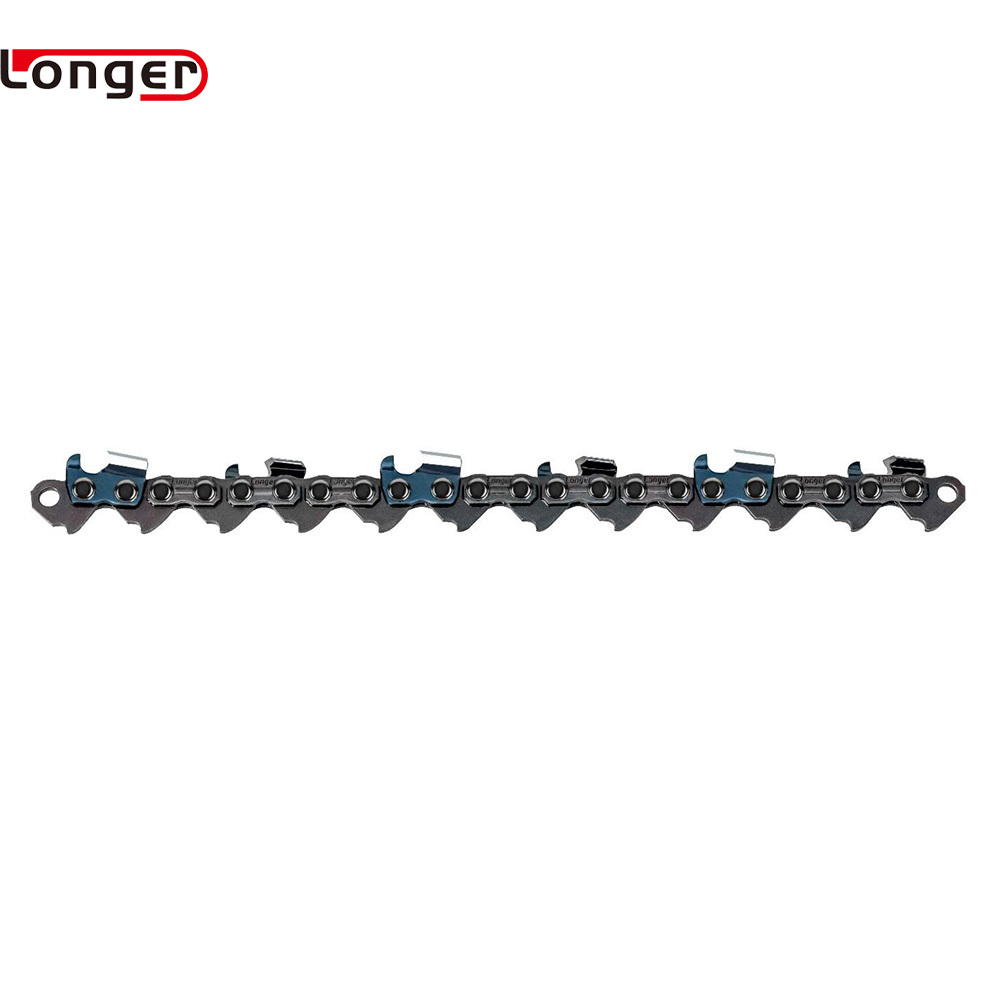Common mistakes when using or maintaining chainsaw chains include:
Improper Chain Tension: Failing to maintain proper tension in the chain can lead to premature wear or even chain derailment during operation.
Incorrect Chain Sharpening: Inadequate sharpening techniques can result in uneven cutting, decreased efficiency, and increased risk of kickback.
Neglecting Chain Lubrication: Forgetting to lubricate the chain regularly can cause overheating and accelerated wear of both the chain and the bar.
Using Dull Chains: Operating the chainsaw with a dull chain not only reduces cutting efficiency but also puts strain on the motor and increases the risk of accidents due to kickback.
Ignoring Depth Gauges: Neglecting to check and adjust the depth gauges (rakers) can lead to aggressive cutting, increased vibration, and heightened risk of kickback.
Incorrect Chain Installation: Improperly installing the chain, such as placing it backward or not aligning it correctly, can cause it to malfunction or even fly off during operation.
Overlooking Chain Wear: Failing to regularly inspect the chain for signs of wear, such as damaged or broken links, can lead to sudden chain failure or accidents during use.
Neglecting Bar Maintenance: Ignoring maintenance of the chainsaw bar, such as cleaning debris or replacing worn-out components, can affect the performance and lifespan of the chain.
Using the Wrong Chain Type: Using an incompatible or incorrect chain type for the task at hand can lead to inefficient cutting, excessive wear, or even damage to the chainsaw.
Ignoring Safety Precautions: Operating the chainsaw without proper protective gear, such as gloves, goggles, and hearing protection, increases the risk of injury from flying debris or accidents.










